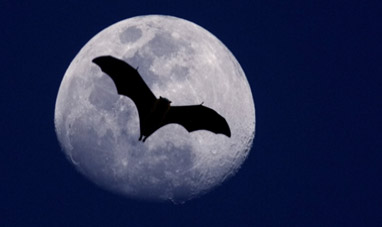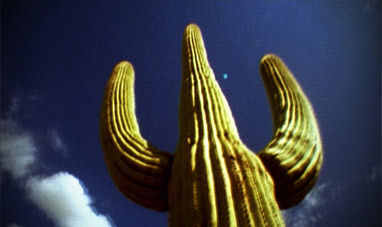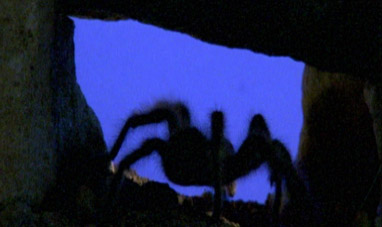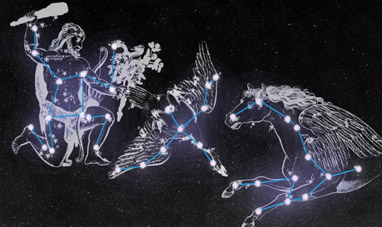A lunar eclipse is an astronomical event that occurs when the moon is covered by the Earth's shadow. The Earth revolves around the sun in what is called an orbit Sunlight hits the side of the Earth facing the sun. The other side of the Earth projects a cone of darkness, called an umbra, into space. The moon, on the other hand, revolves around the Earth, so it can transit this cone of darkness either partially or completely. When this happens, we get a lunar eclipse. This event occurs twice a year on average.
The Earth’s umbra is surrounded by a wider cone of shadow called a penumbra. Because some sunlight penetrates this cone, it produces partial shade instead of total darkness. There are different types of lunar eclipses. During a total eclipse, the moon goes completely through the entire umbra. The moon loses its brightness as it enters the penumbra, and then becomes darker as it passes through the umbra. It then progressively regains its brightness as it leaves first the umbra and then the penumbra. The phenomenon lasts for about four hours.
Although the moon becomes darker, it often takes on various hues. The so-called red moon is particularly striking.
This is caused by the refraction of sunlight. The Earth’s atmosphere affects the red-colored spectrum of sunlight, deviating it into its own shadow. This is why the moon seems reddish when it enters the umbra. A total eclipse occurs when the sun, Earth and moon are all perfectly aligned. If they are not perfectly aligned, only part of the moon moves into the umbra. The other part stays in the penumbra. In this case, only one part of the moon is completely darkened. The other part is somewhat obscured. This is called a partial eclipse. A penumbral eclipse is when the moon goes through the penumbra without entering the umbra. This is harder to see, since the only visible effect is that the moon appears less bright. Eclipses can be seen with the naked eye. Unlike solar eclipses, they can be seen from the entire hemisphere in which the moon is visible. The word eclipse comes from the Greek ekleipsis, which means “disappearing or leaving.” The name originally referred to the gradual darkening of stars during an eclipse. Lunar eclipses have been studied since ancient times. For centuries, they were considered ill omens. Both the Mayans and the ancient Greeks were able to predict lunar eclipses as early as the 5th century BC. The shape of the Earth's shadow on the moon during an eclipse was an early indication that the earth is round.
The Earth’s umbra is surrounded by a wider cone of shadow called a penumbra. Because some sunlight penetrates this cone, it produces partial shade instead of total darkness. There are different types of lunar eclipses. During a total eclipse, the moon goes completely through the entire umbra. The moon loses its brightness as it enters the penumbra, and then becomes darker as it passes through the umbra. It then progressively regains its brightness as it leaves first the umbra and then the penumbra. The phenomenon lasts for about four hours.
Although the moon becomes darker, it often takes on various hues. The so-called red moon is particularly striking.
This is caused by the refraction of sunlight. The Earth’s atmosphere affects the red-colored spectrum of sunlight, deviating it into its own shadow. This is why the moon seems reddish when it enters the umbra. A total eclipse occurs when the sun, Earth and moon are all perfectly aligned. If they are not perfectly aligned, only part of the moon moves into the umbra. The other part stays in the penumbra. In this case, only one part of the moon is completely darkened. The other part is somewhat obscured. This is called a partial eclipse. A penumbral eclipse is when the moon goes through the penumbra without entering the umbra. This is harder to see, since the only visible effect is that the moon appears less bright. Eclipses can be seen with the naked eye. Unlike solar eclipses, they can be seen from the entire hemisphere in which the moon is visible. The word eclipse comes from the Greek ekleipsis, which means “disappearing or leaving.” The name originally referred to the gradual darkening of stars during an eclipse. Lunar eclipses have been studied since ancient times. For centuries, they were considered ill omens. Both the Mayans and the ancient Greeks were able to predict lunar eclipses as early as the 5th century BC. The shape of the Earth's shadow on the moon during an eclipse was an early indication that the earth is round.
RELATED


GROUPER


CHAMELEON


WHEAT


METEORITES


THE FIRST MOON LANDING


NEBULAE


CARS


MANTA RAY


PARROTT


RAVEN


CLOUD COMPUTING


THE HEART


BAT


HYDROPOWER


OWL


EDMUND HALLEY


DROMEDARY


AIDS


FLEA


LOTUS PLANT


DOLPHIN


BEAR


CACTUS


TIGER


HYBRID VEHICLE


TARANTULA


AXOLOTL


BEE


COMMON COLD


SHEEP


THE LIVER


FLY


DEER


ELEPHANT


CONSTELLATIONS


CROCODILE
